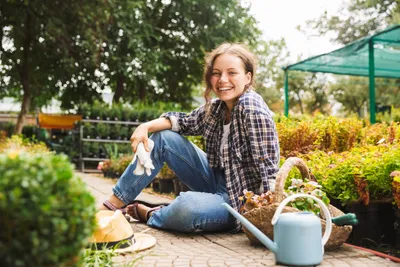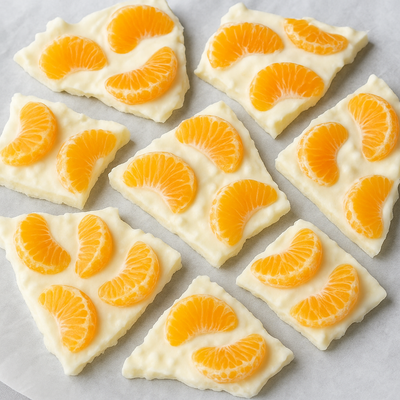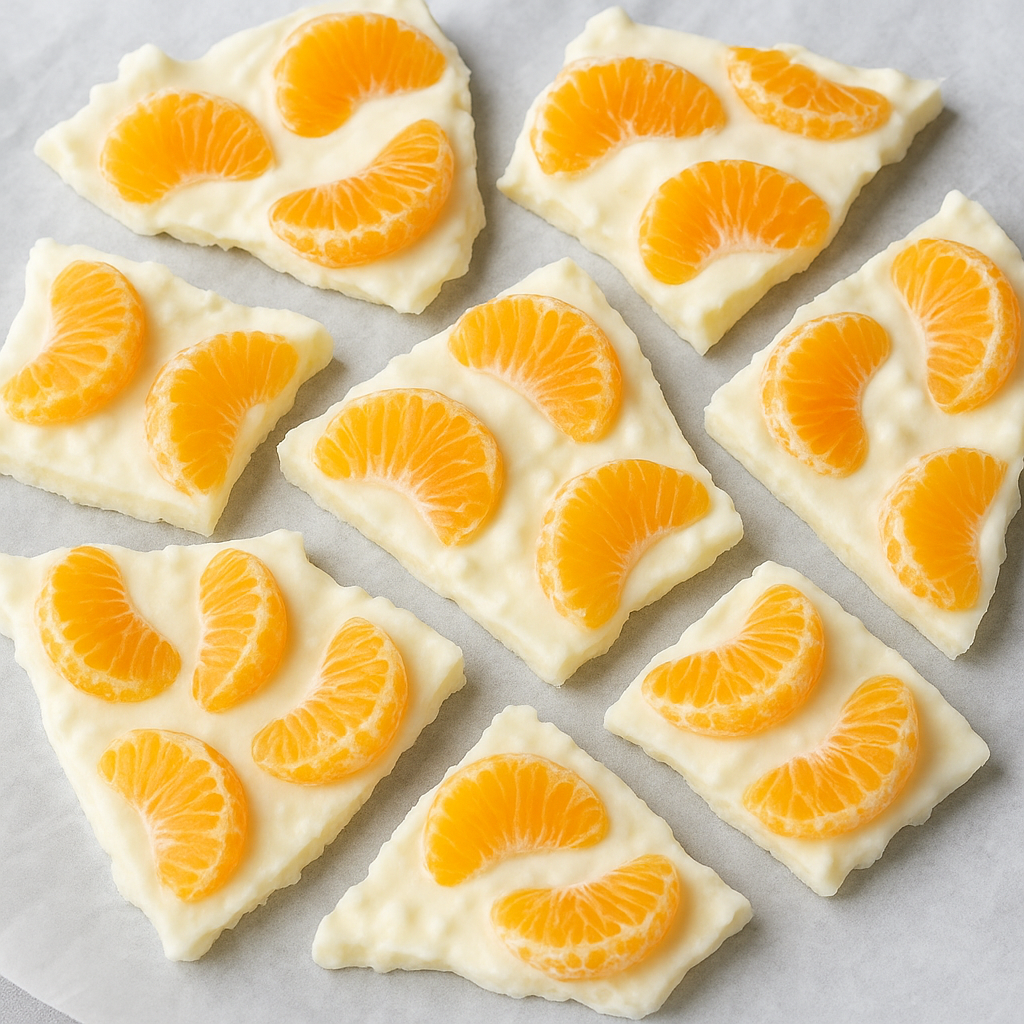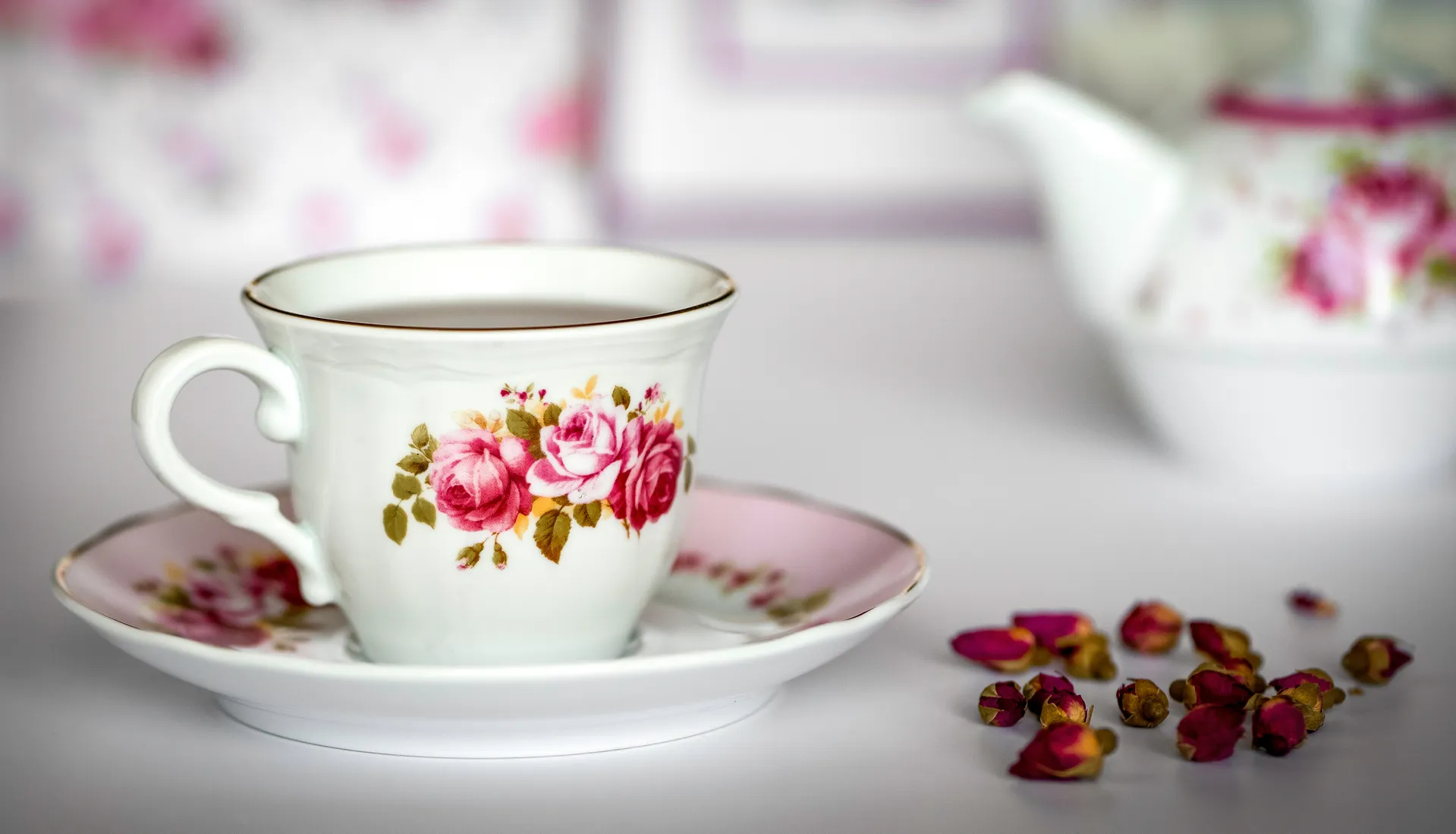Why glass jars are your new best friend
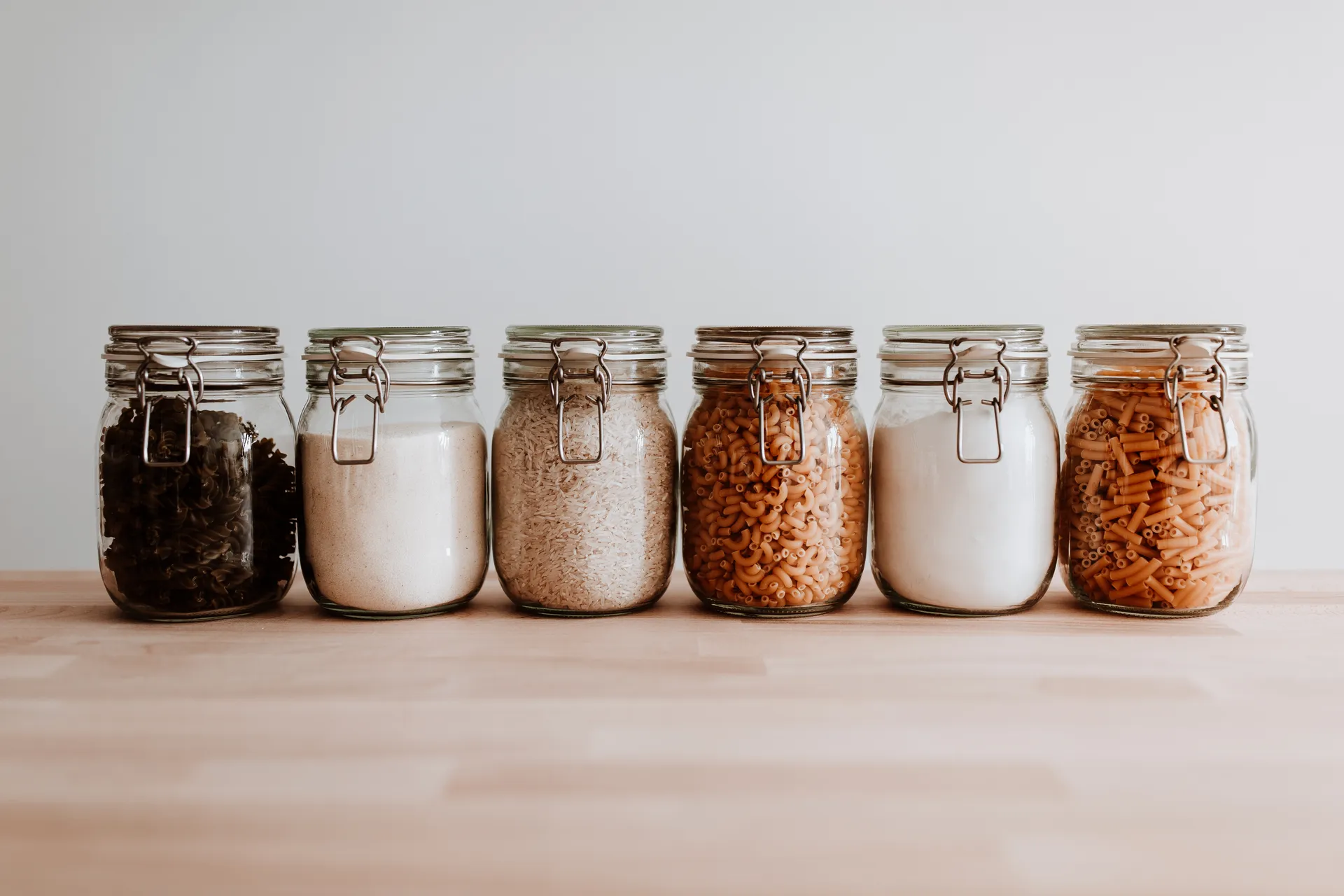
Find out how to clean and sterilise and prepare glass jars without the hassle
Glass is perfect for storing dry goods, preserving seasonal produce, or giving your leftovers a second life. But if you remember sterilising jars as being a pain in the behind, read on.
Why choose glass over plastic?
- glass doesn’t leach chemicals into food or absorb smells
- it’s easy to clean, dishwasher-safe, and doesn’t stain
- jars can be reused indefinitely and are fully recyclable
- they look great on your shelves and help reduce single-use plastic
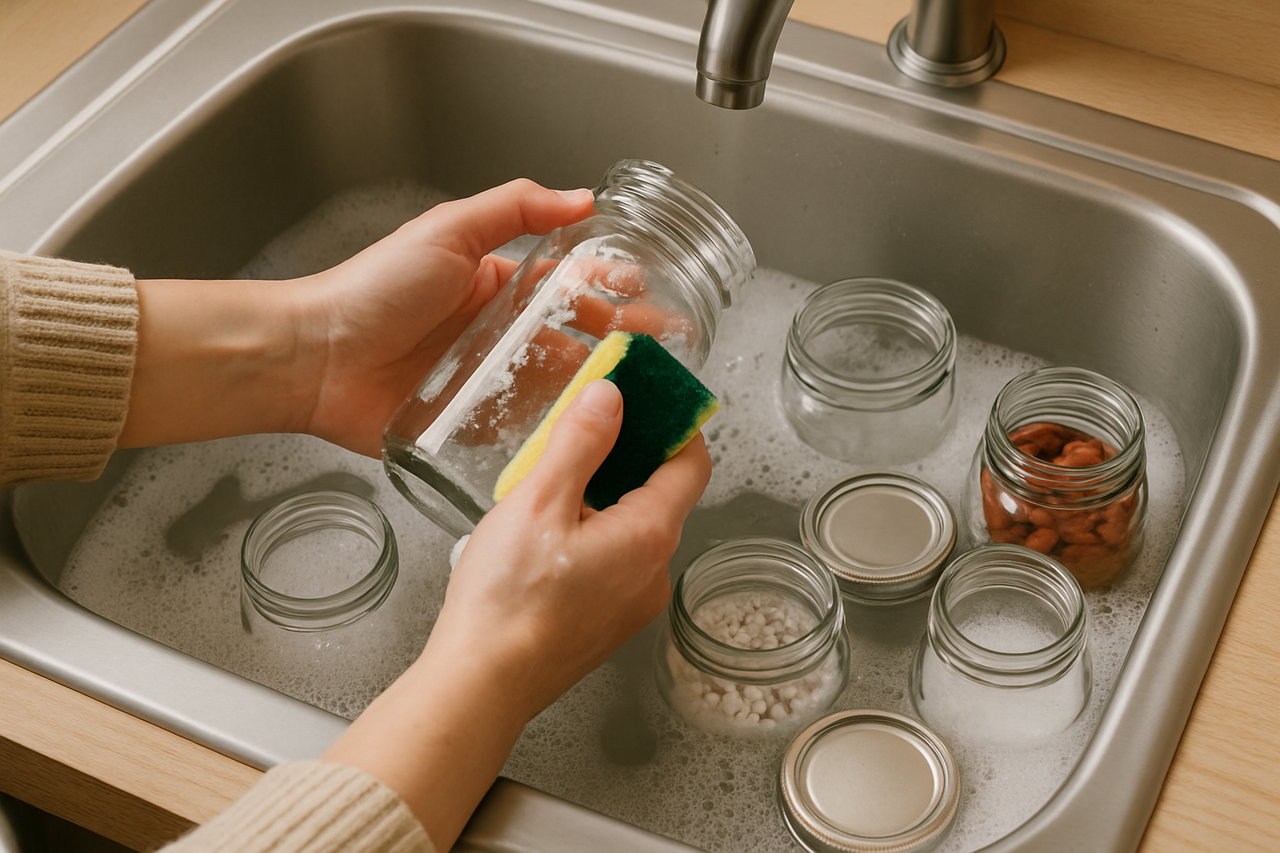
How to reuse jars (safely and easily)
- wash jars and lids in hot, soapy water and rinse well
- remove labels by soaking in warm water with a splash of vinegar or lemon oil
- for stubborn glue, use a paste of bicarb and cooking oil
How to sterilise jars
Whether you’re preserving mandarins, storing pantry staples, or making sauce, sterilising jars is essential.
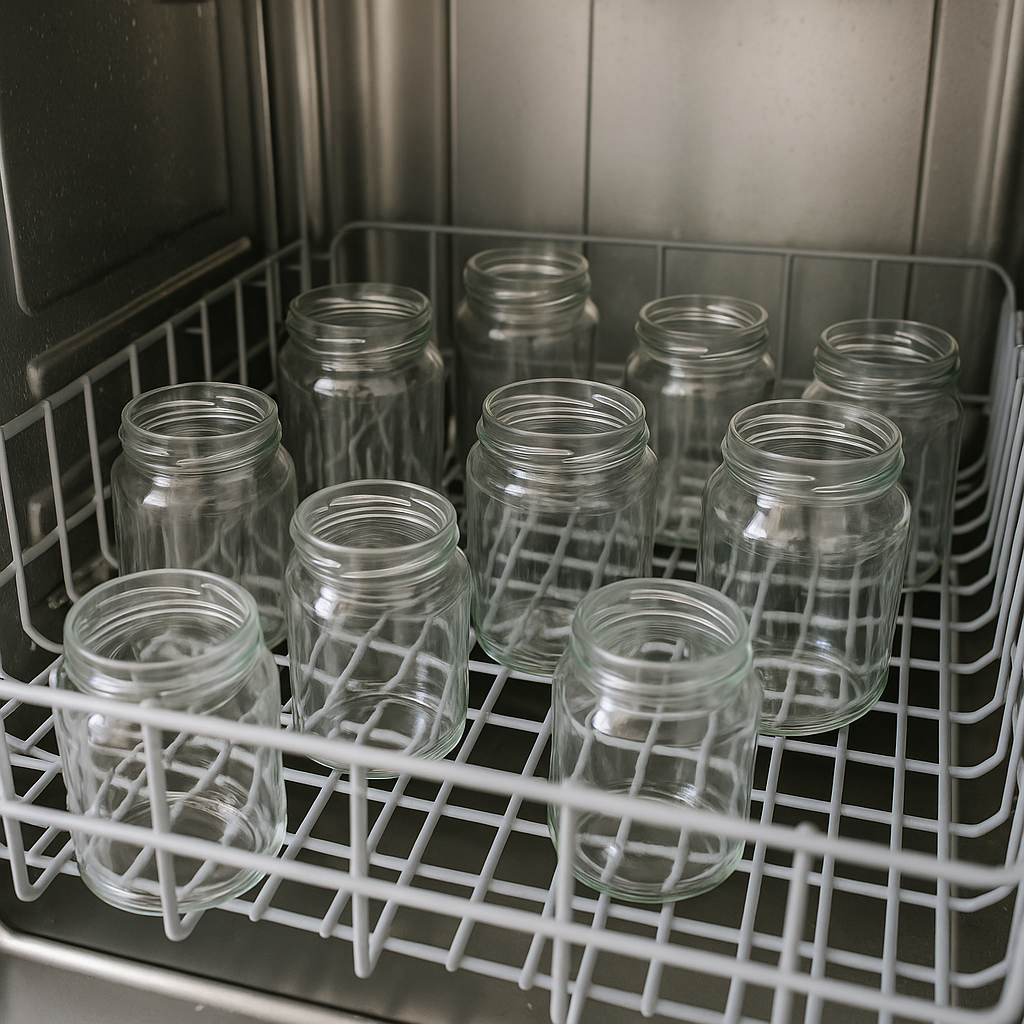
Dishwasher method
- run jars through a hot cycle with no detergent
- time it so jars are still warm when filling them
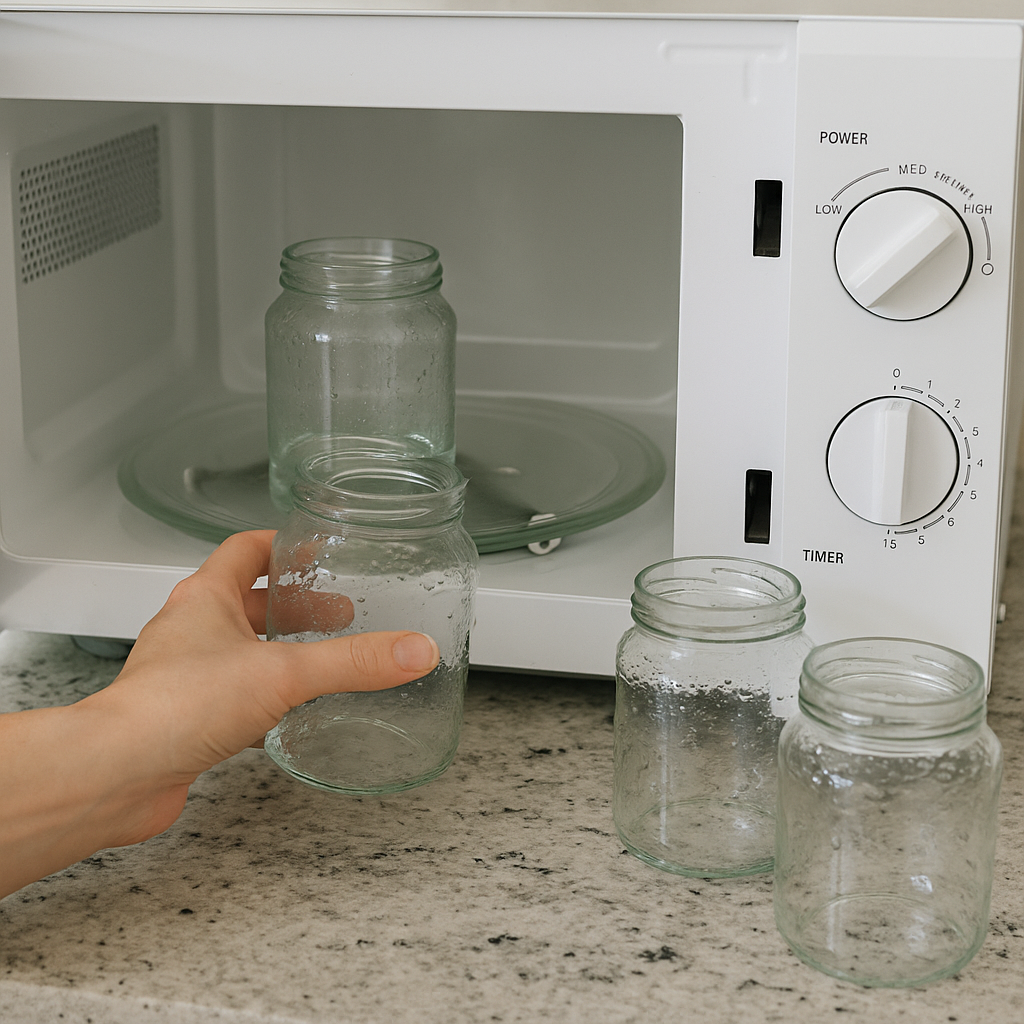
Microwave method
- only use jars (no lids)
- rinse jars and leave a little water in the bottom
- heat on high for 1 minute per jar
- carefully remove using oven mitts and empty any remaining water
Boiling water method
- place jars and lids in a deep pot
- cover with water and boil for 10 minutes
- let dry upside down on a clean towel
What if the lid is rusty?
If a jar lid is rusty or dented, it’s best not to use it for preserving or food storage. Instead:
- repurpose the jar for dry goods, craft storage or vases
- look for universal replacement lids online or at homeware stores
- if the lid can’t be reused or recycled, dispose of it in general waste
Pro tips for preserving
- always fill warm jars with hot contents to prevent cracking
- leave a small gap at the top (called headspace) to allow for expansion
- seal immediately and store in a cool, dark place
Slowly does it
Make the switch one jar at a time, and you’ll be surprised how quickly your pantry (and your waste footprint) changes for the better.
